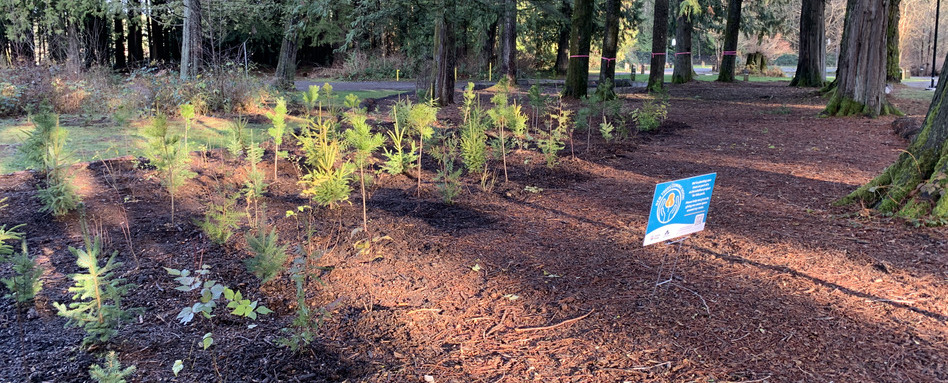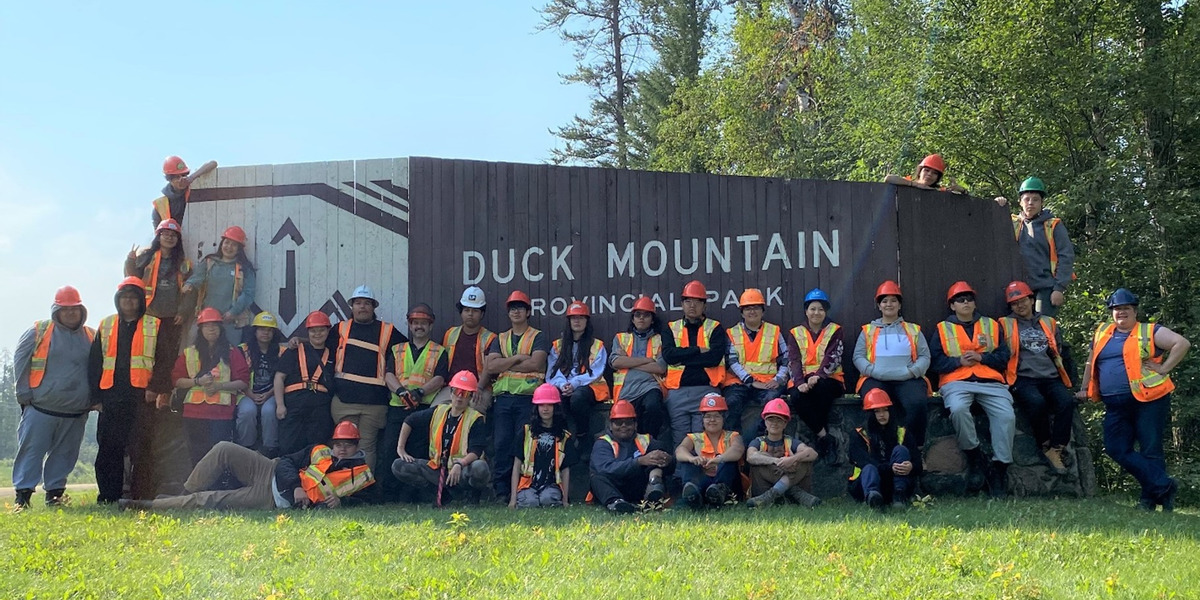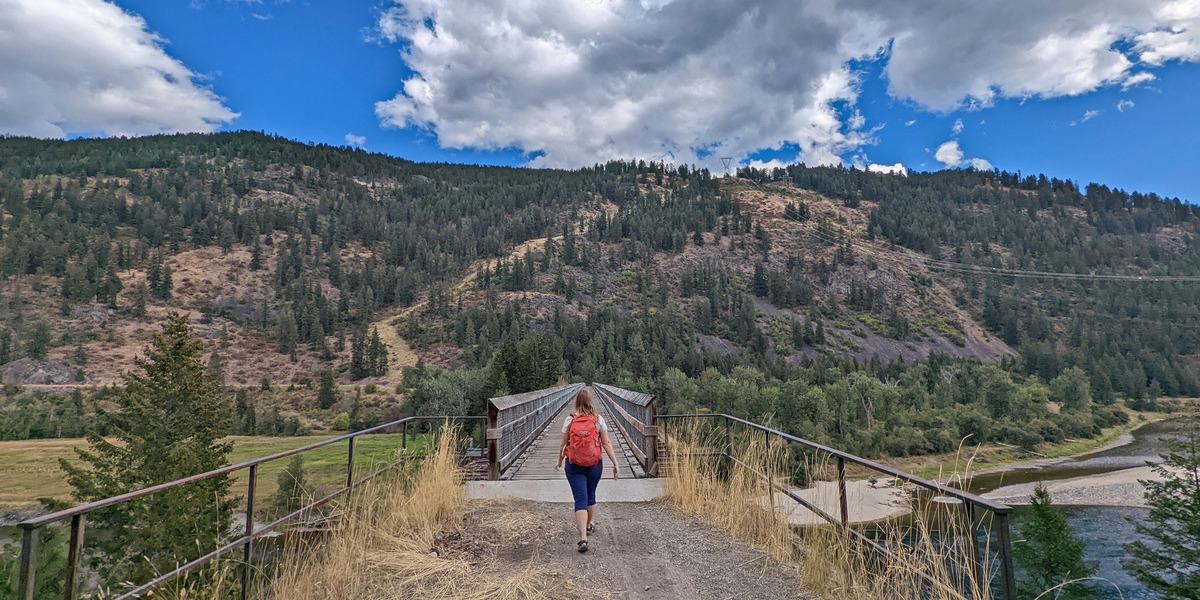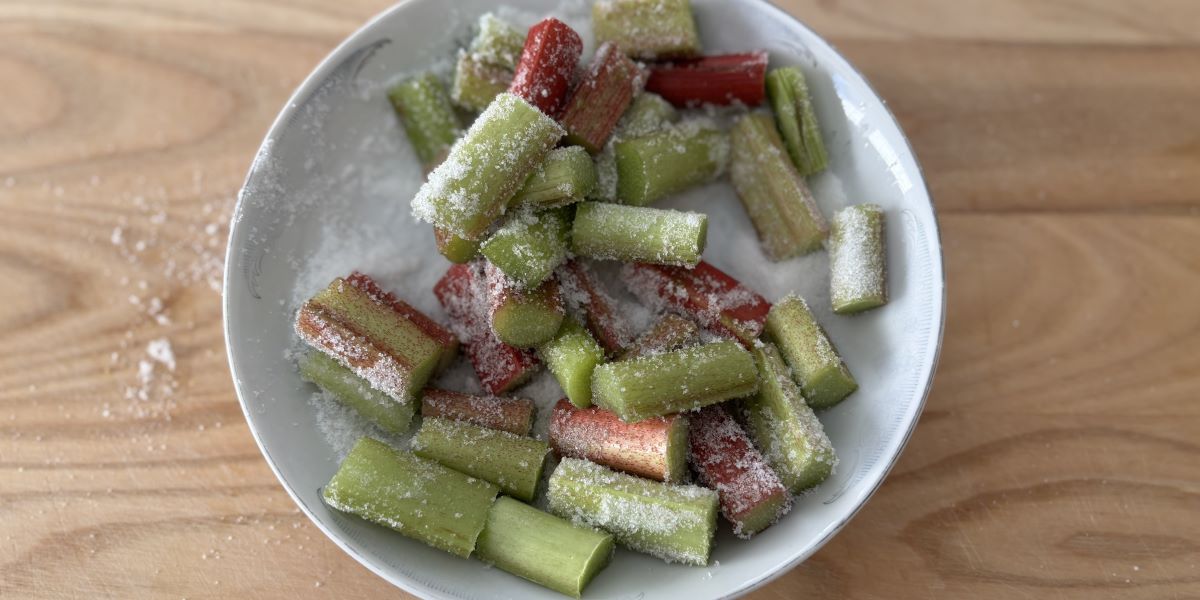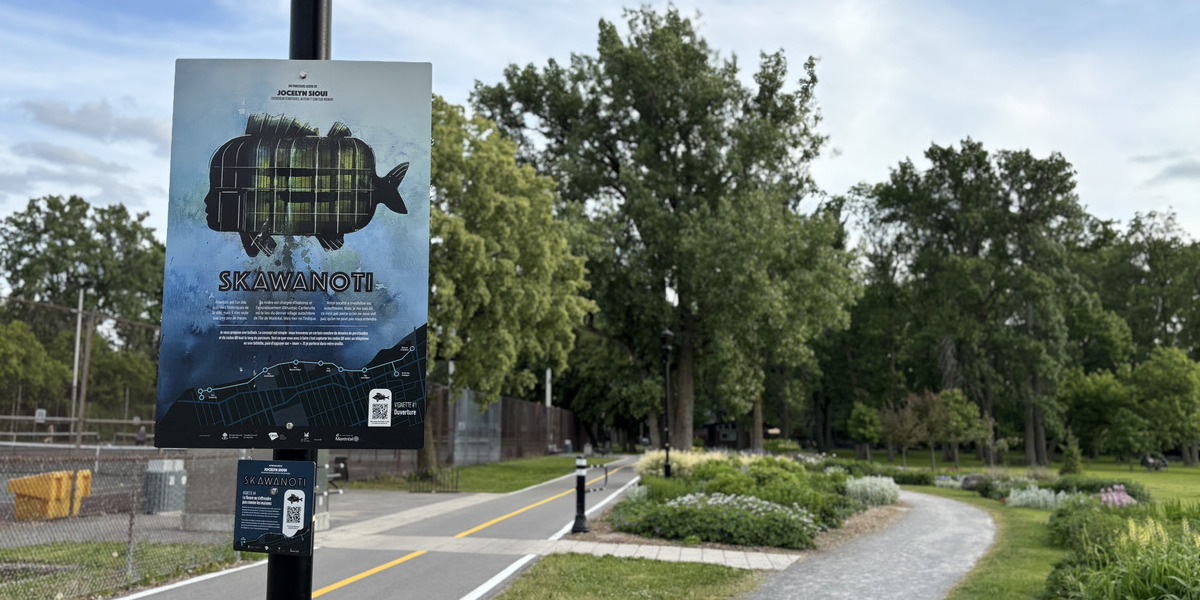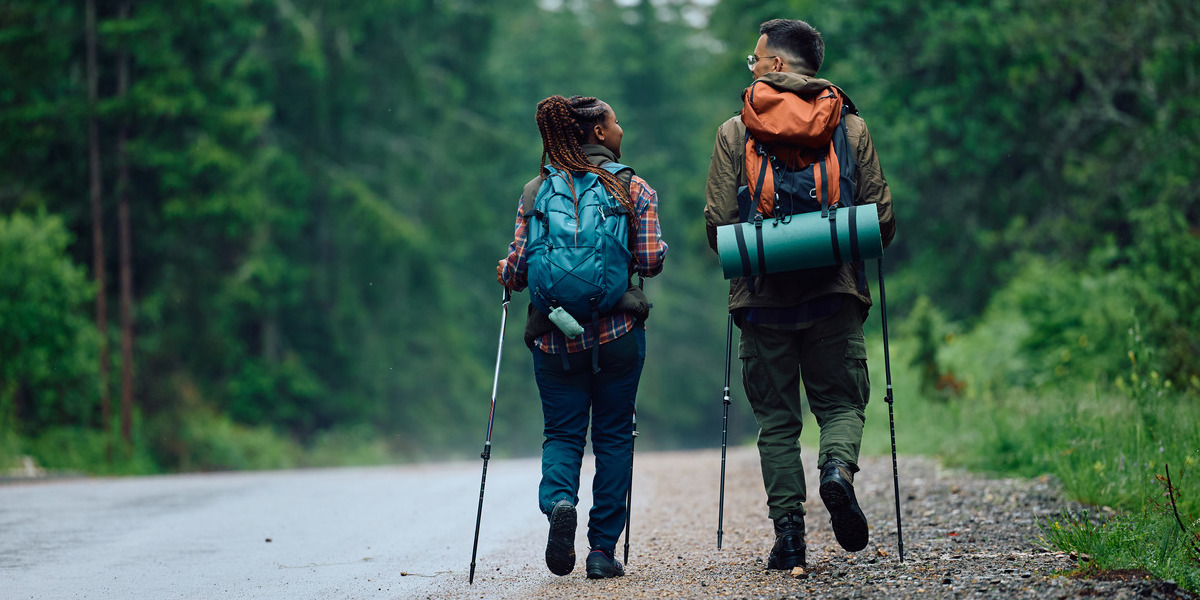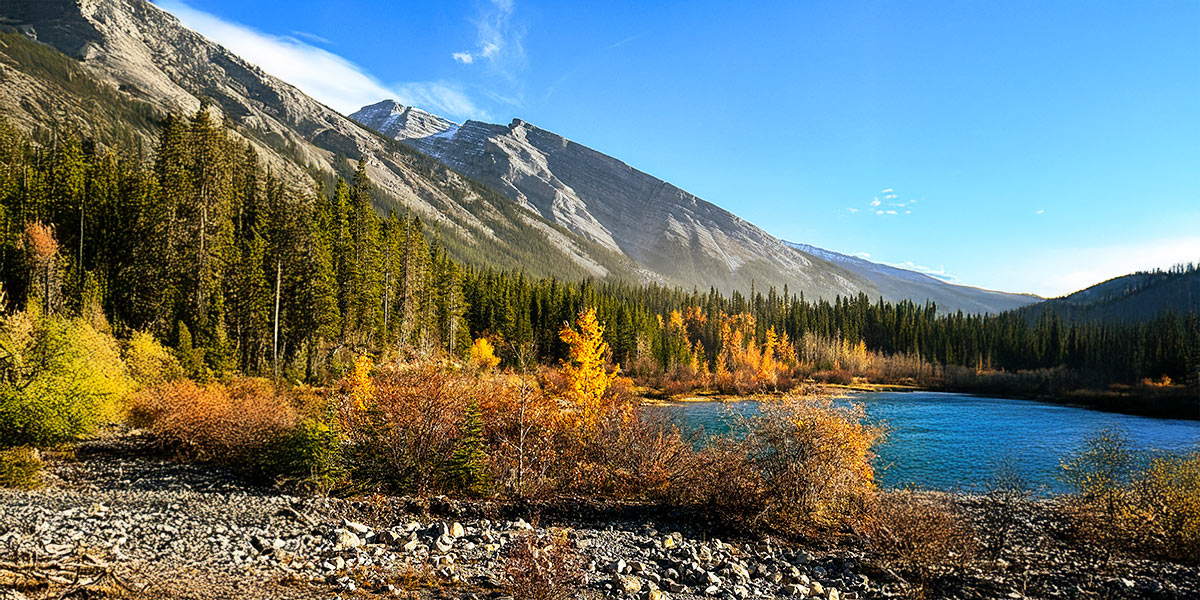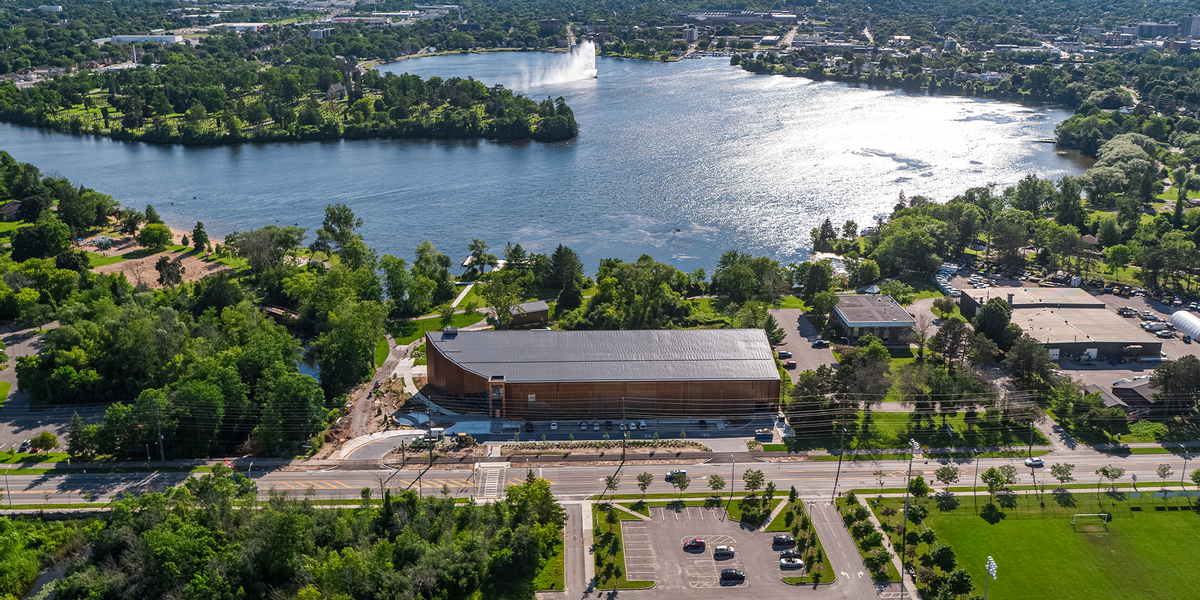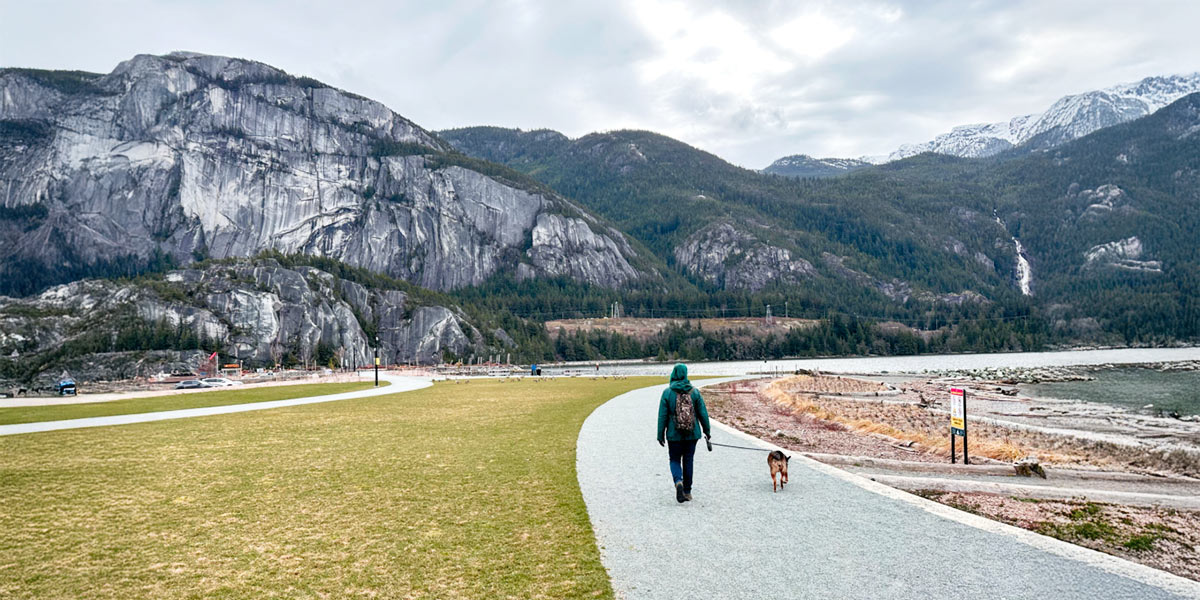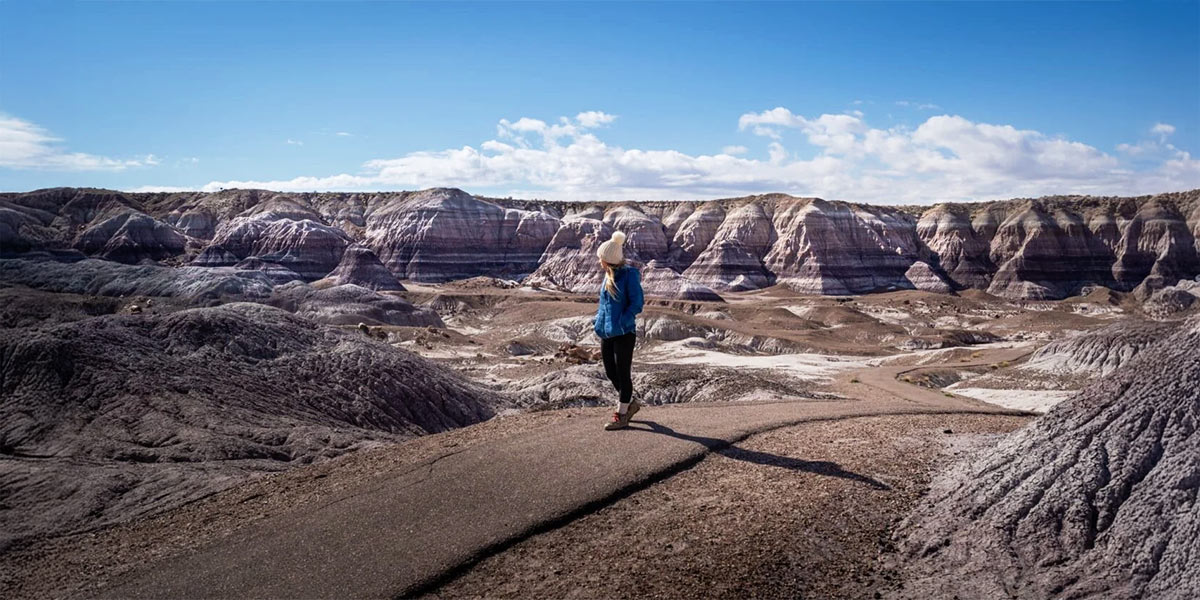How Maple Ridge, BC, is Increasing Its Urban Tree Canopy with Microforests
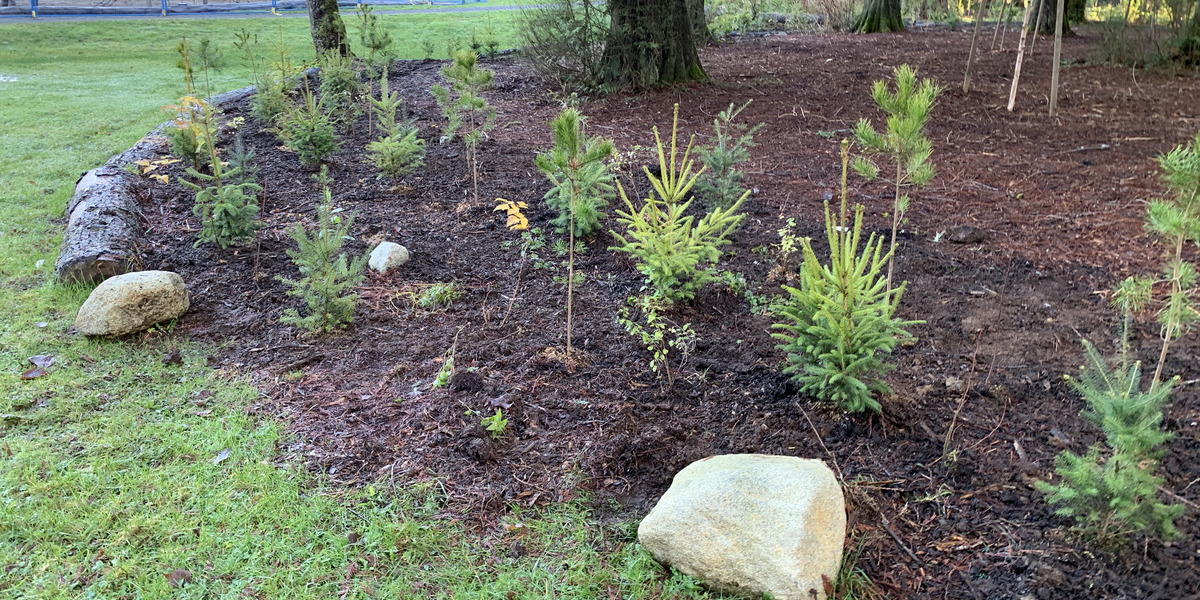
The City of Maple Ridge, B.C. has a bold goal: to continue to grow its urban forest by 2 per cent over two decades to reach a 40% tree canopy target.
Maple Ridge’s urban tree canopy is substantial: 14 per cent higher than the average city in BC’s Lower Mainland. But alarmingly, due to climate events and invasive species, the city could lose 4 per cent of its tree canopy by 2050 if action isn’t taken to protect it.
Grow strong forests quickly with the Miyawaki method

Photo credit: Chad Neufeld
So, how do you quickly grow a forest? One way — and the technique many municipalities across Canada are adopting to rapidly boost tree canopy — is with the Miyawaki method.
The Miyawaki method, pioneered by Japanese botanist Akira Miyawaki, generates fast-growing microforests that mature quickly and need little maintenance. Clusters of native trees and shrubs are densely planted to simulate the layering of natural forests. The tightly packed plants compete with each other for sunlight, resulting in remarkably rapid growth. In fact, microforests planted using the Miyawaki method grow up to 10 times faster than traditional forests and can become self-sustaining after just three years.
The idea for microforests was born through Miyawaki’s fascination with phytosociology — the study of how plant species interact with each other. He noticed that the ancient Chinju-no-mori — sacred groves around Shinto temples and shrines — followed a distinct layering pattern, with slow-growing canopy species interspersed with smaller sub-tree species, shrubs and ground cover.
His idea for rapid, rich afforestation was picked up in 1970s industrial Japan, which had a pressing need to reduce air pollution and restore green spaces. Five decades later, the Miyawaki method is being used around the world to build tree canopy, from Jordan’s Omar al-Faisal Park to Brazil’s Amazon Rainforest.
Why microforests?
Why plant microforests? The benefits are abundant. Microforests increase air quality, foster biodiversity, create habitat for wildlife, and provide welcome shade for people and animals. They act as windbreaks, reduce stormwater runoff, and cool streets and buildings. On a human level, microforests improve mental and physical well-being, provide valuable recreation areas and offer gathering spaces for communities.
Back in Maple Ridge, the City’s Council was hard at work with a bold goal. They laid out their Urban Forest Management Plan in a comprehensive plan to guide afforestation and forest management initiatives. Step One of the plan is to update bylaws and policies to protect and expand urban forests. Step Two is to plant more trees in partnership with community groups. This is where Trans Canada Trail’s Planting for Tomorrow Program stepped in.
900 trees in the ground with the help of the Planting for Tomorrow Program
Photo credit: Chad Neufeld
Trans Canada Trail’s Planting for Tomorrow Program provides funding for tree planting, invasive species removal, seed collection and seed starting projects across Canada. The program, launched in 2024, is generously supported by Toyota Canada and The Government of Canada’s 2 Billion Trees program.
With help from the Planting for Tomorrow Program, the City of Maple Ridge is growing the tree canopy in city parks closest to where their residents relax, play and recreate. They used the opportunity to demonstrate how small-scale afforestation projects can use native trees and shrubs to convert grass and bare soil to vibrant microforests.
“We initially hoped to plant 500 native seedlings in Fairview Park and Whonnock Lake Park,” said Chad Neufeld, from the City of Maple Ridge. “We greatly appreciate the expanded budget from Trans Canada Trail, we increased the number of trees planted to 900 and boosted the size of the seedlings and native shrubs to ensure a stronger start.”
The City of Maple Ridge has high hopes for their enhanced urban forests. Their Urban Forest Management Plan captures it best:
“The urban forest is a living asset …. Within the urban forest, opportunities are presented for quiet contemplation and exercise. Exposure to greenery has been found to reduce stress levels, enhance performance at work, and potentially expedite recovery during hospital stays.”
Learn more about how the Planting for Tomorrow Program can help your organization
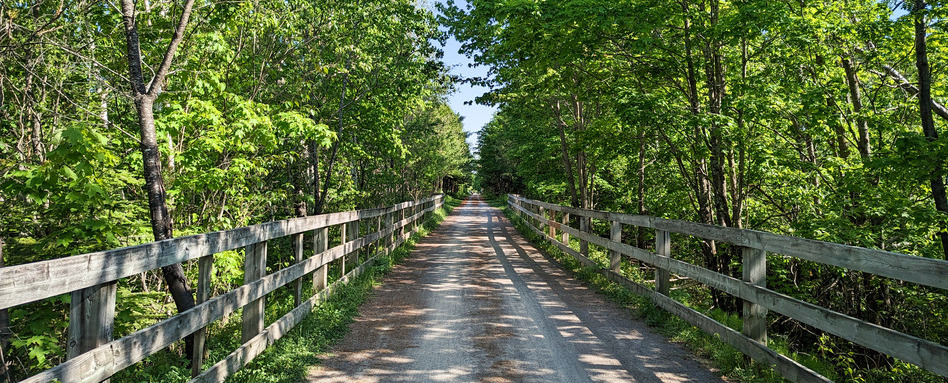
Photo credit: Bich-Anh Nguyen
Inspired to plant your own microforest? Increase tree cover in your community with the Planting for Tomorrow Program. Dig into program guidelines and apply here. Then sit back, enjoy some shade and breathe the fresh air provided by Canada’s miracle workers … our trees.


